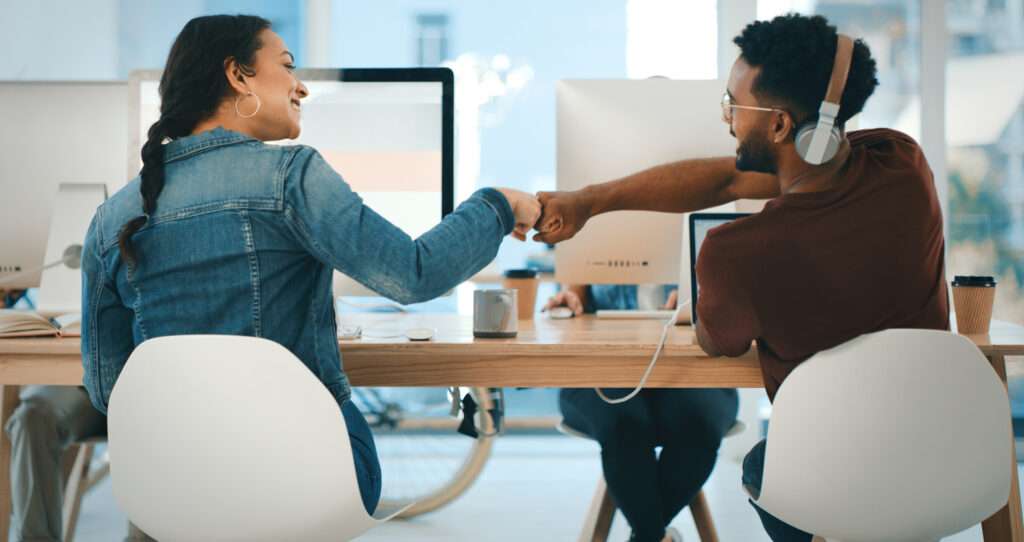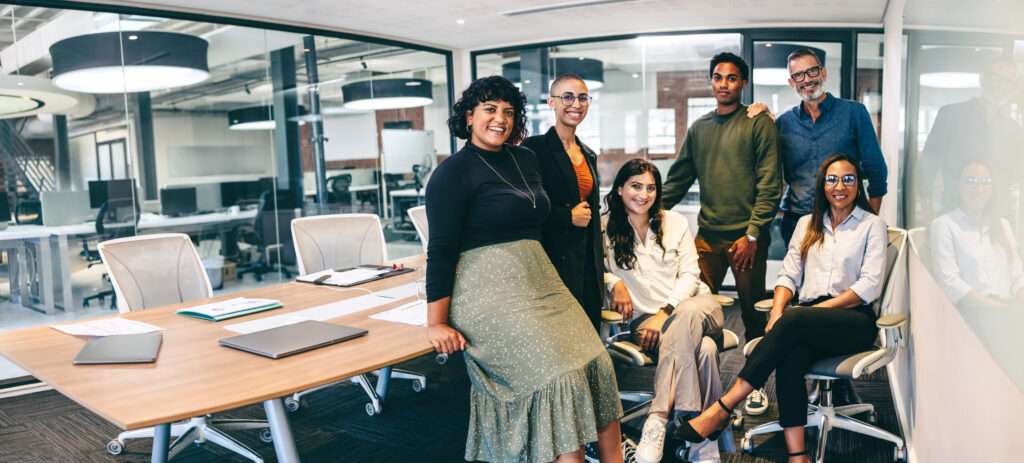Remote work is on the decline. Today, more large companies are pushing for their employees to come back to the office. Job postings for remote positions have decreased, and now new research shows the pandemic-driven work-from-home era may be over.
The most recent Labor Department study shows nearly 75% of businesses reported their employees rarely or did not engage in teleworking last year, equating to 21 million more people working from work fulltime in 2022 compared with 2021. Interestingly, the number of employers reporting teleworking is now similar to pre-Covid levels.
After working remote or hybrid for the last few years, office workers’ expectations for their workplace are changing. What the office looks like and how it functions will be different in this new post-pandemic era of office work.
Here are five trends that will reshape the way we think about the workplace:
Ergonomics Edge
There’s nothing quite like hours of back-to-back virtual meetings to call attention to the importance of making workplaces fit the people who use them. While comfort is one benefit, the impact of ergonomics extends to health, productivity and performance. In fact, a large university study showed that ergonomic workstations reduced lost workdays by 75%. For office workers, chairs, desks, monitors and lighting are key targets for ergonomic upgrades.
Hoteling
With this desking approach, team members forgo a permanent workspace and claim a workstation as they need it. Perfect for teams with employees who frequently work from home or in the field, hoteling also helps employers reduce their office footprint. Another benefit: When the department doesn’t dictate desk location, collaboration across the company can grow. Plus, employees may enjoy a feeling of greater autonomy with this setup.
Casual Meeting Spaces
Including a variety of informal, non-bookable collabo spaces can help foster relationship-building and idea sharing (without the formality of scheduling a meeting and reserving a conference room). Repurposing an employee lounge or outdoor break area into a huddle zone to use during off hours can be a solid start. Finding open space to add a small grouping of chairs and a coffee table in each department is another common approach.
Thoughtful Concentration Areas
While fostering collaboration in the office is extremely important, it should not overshadow the need for thoughtful concentration areas where team members can perform independent tasks with more privacy and enhanced ability to focus. Balancing collaboration space with concentration space gives employees the opportunity to choose how they work so they can be most effective.
In fact, some of the latest research shows that people are looking to the office as a place to focus. A recent survey of 2,000 U.S. workers found 48% listed focusing on their work as the top reason for coming into the office. This beats out accessing technology, holding in-person meetings (either with team members or clients) and socializing with other employees.
Focus on the Future
Successfully designing and equipping office spaces increasingly includes using options reflective of a desire to preserve our world for future generations. Sustainably sourced office furniture products, like the Parker Chair Collection from NBF, are becoming more prevalent. When purchasing for an office, be sure to look for furniture that has passed ANSI-BIFMA testing to meet commercial use and safety standards.
When offices are designed with employees’ needs in mind – as these five trends suggest – businesses are better set up for success. The office should be a place that supports workers’ ability to be productive and collaborate effectively.











